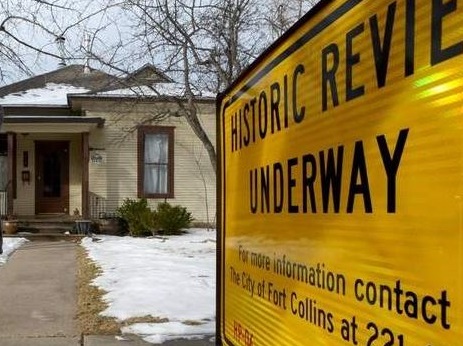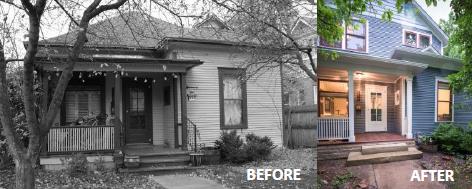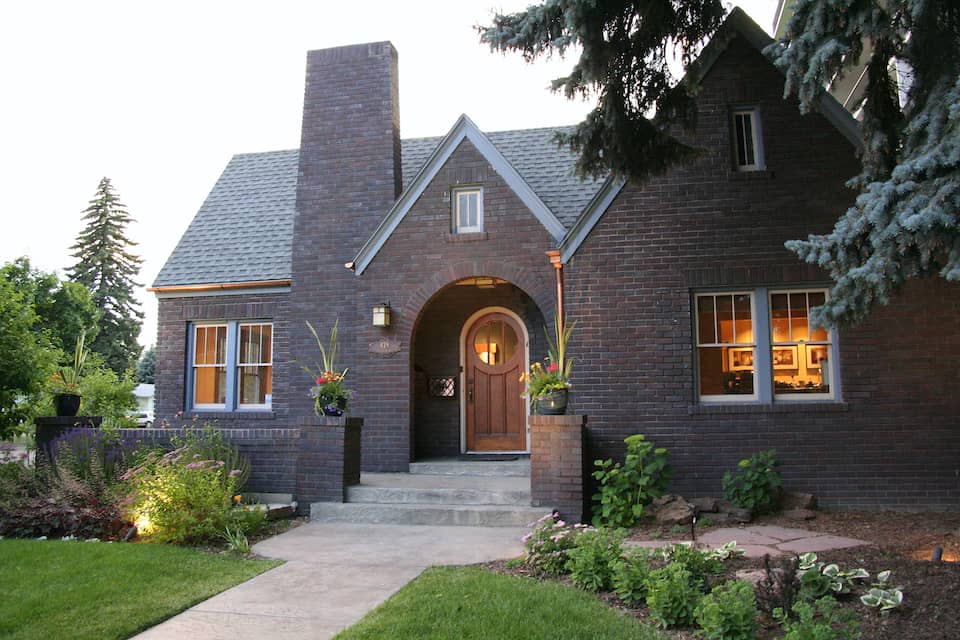 The City of Fort Collins values historic buildings and works hard to maintain the character and craftsmanship of our older neighborhoods. As professional remodelers, we appreciate that commitment.
The City of Fort Collins values historic buildings and works hard to maintain the character and craftsmanship of our older neighborhoods. As professional remodelers, we appreciate that commitment.
Last year, we wrote a column that touched on the city’s historic review process. Enough things have changed that it warrants an update and some clarification.
In Fort Collins, historic review is required for external changes to all buildings and structures that are 50 years or older. The review does not designate the property as a landmark. Rather, it identifies proper steps, relevant codes and other guidelines that homeowners and contractors must follow.
Also called the Demolition/Alteration Review, this process is meant to preserve the historic resources and special character of Fort Collins. It also gives the public an opportunity to voice opinions about proposed changes to neighborhoods, and it informs applicants about financial incentives available for certain properties.
The review begins with an evaluation of a property’s historical significance. The first step is to submit a written narrative of your proposed changes, exterior photographs, plans or drawings, and a signed Historic Review form, to Karen McWilliams (kmcwilliams@fcgov.com) in the city’s Historic Preservation Division. These items can also be mailed or dropped off at the city’s Development Review Counter at 281 North College. City building permits, which can take anywhere from four to eight weeks to receive, can be requested at this time.
Next, the Director of Community Development and Neighborhood Services (CDNS) and the Chair of the Landmark Preservation Commission (LPC) will initially determine if your property is historically significant. They will also assess the scope of the project. If the CDNS Director and LPC Chair determine that major exterior alterations or unspecified exterior changes are being requested, then your property will be further evaluated for potential Fort Collins landmark recognition. Decisions are posted publicly and homeowners have the option to appeal.
Some things that determine landmark eligibility include the property’s ties with historic events and “the lives of persons significant in history.” Construction techniques, artistic features or the structure’s association with “the work of a master” also play into the home’s landmark eligibility, among other things.
If your structure is not deemed historically significant, then you are free to proceed with your proposed plans. If your home is eligible for landmark designation, and the city’s historic preservation staff signs off on your plans, then you may also move forward with your project. However, if your home is eligible for landmark designation, and the city rejects your plans, then you have the option of meeting with the LPC Design Subcommittee to discuss design alternatives. If the revised plans are agreed upon by all parties, then you can proceed with your project. If you don’t wish to alter your design, then next steps may include: an LPC public hearing, neighborhood notifications, an architectural inventory, elevation drawings, a “plan of protection” to safeguard nearby historic resources, and additional review and approval.
The City of Fort Collins Development Review Center has a handy brochure that does a much better job explaining the review process. We also oversimplified some of the steps, so we encourage you to contact city staff at (970) 221-6750 for more details.
 The importance of adequate planning and thoughtful design cannot be overstated when altering any structure. This is especially true when altering a home with historical significance. When selecting an architect and building contractor for the remodel of your older residence, it serves you well to work with local professionals who have experience navigating your city’s historic review and permitting process.
The importance of adequate planning and thoughtful design cannot be overstated when altering any structure. This is especially true when altering a home with historical significance. When selecting an architect and building contractor for the remodel of your older residence, it serves you well to work with local professionals who have experience navigating your city’s historic review and permitting process.
One final thought. If you’re thinking about buying a property built before 1966, and you have big plans for changing its outside character, you may want to check with the Historic Preservation Division to see if it’s a strong candidate for landmark status. It’s good to know what you might be getting into before you make an offer.
For more information about the City of Fort Collins historic review process, visit http://www.fcgov.com/historicpreservation/review.php or review section 14-72 of the Fort Collins Municipal Code.
And for historic preservation inspiration, we encourage you to check out the 31st annual Historic Homes Tour on September 12. More information at poudrelandmarks.org.
This content originally appeared in Dwight’s and Bryan’s September 2015 Building Solutions column, “Historic homes can still be made new.”

